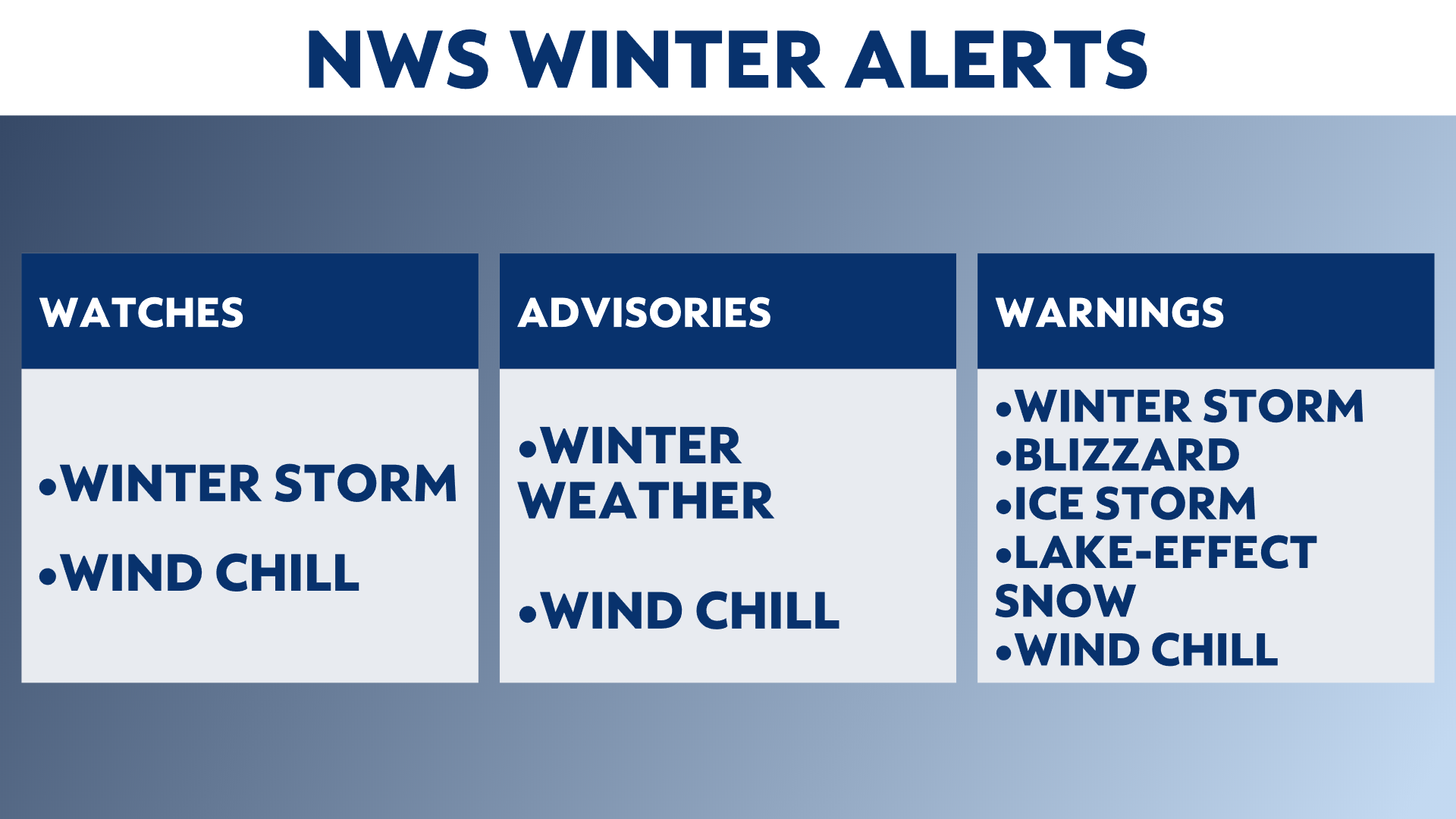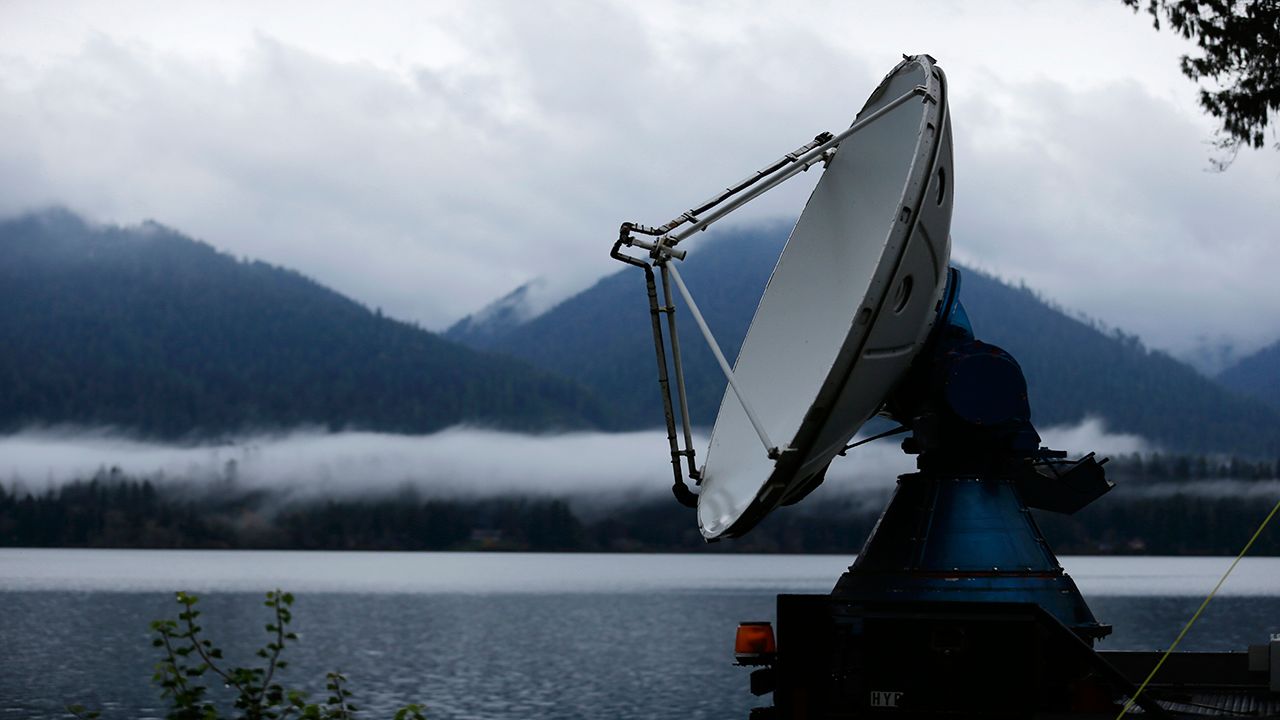The Northeast is no stranger to hearing and seeing warnings, watches, and advisories issued by the National Weather Service (NWS), especially during the winter season. We all know that those weather alerts are a good indicator that snow or cold is about to arrive but do you know the difference between the three alerts? Most people don’t, which is why the National Weather Service is making some changes.
Currently, the NWS issues an advisory to show that snow, sleet, freezing rain, or blowing snow is expected and will impact travel or lifestyle. A watch is issued to inform you that conditions are favorable for a winter storm event which could become damaging to property or a threat to life. A warning is reserved for conditions that are happening and are very serious. In New York, 6” of snow in 12 hours or 8” of snow in 24 hours is enough to see this warning sent out to the public.

Right now, advisories, watches, and warnings are issued around the country. By the year 2024, the NWS plans to eliminate advisories. The reason listed in a release sent out early in March states, “the Advisory term itself is misunderstood and its meaning is often conflated with that of 'Watch.' Such confusion can lead to a misunderstanding of forecast severity and certainty with respect to significant weather and water hazards. This, in turn, can adversely impact user preparation for (and response to) these hazards."
An example of a change you will see regularly in the Northeast will be the elimination of winter weather advisories. In the future, what now is issued as an advisory will be changed to a headline that clearly states what type of weather is on the way and the challenges that will accompany it.
The only two advisories that will not be changed over to headlines three years from now are tsunami advisories and small craft advisories. The Northeast does not see tsunami advisories issued, but small craft advisories around the Great Lakes are very common. These will be changed to warnings as dangerous water can become life-threatening very quickly and easily.
Michael Fries, Warning Coordination Meteorologist at the National Weather Service in Buffalo, N.Y. says, "The National Weather Service has been engaging experts in social science over the past several years about key aspects of our products and services. Considering our watch, warning, and advisory paradigm are one of the cornerstones of our capabilities for communicating threatening weather to the public and decision makers, they were a key portion of our service that was examined."
To read more about the communication changes that the NWS has planned, click here.
To hear more from Meteorologist Kaylee Wendt, follow Meteorologist Kaylee Wendt on Facebook, Instagram, and Twitter!








